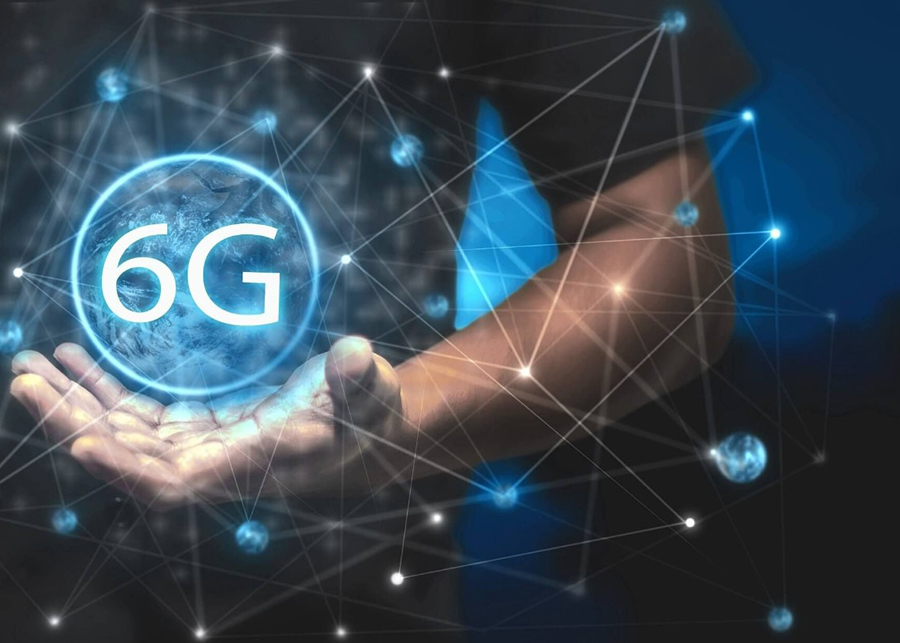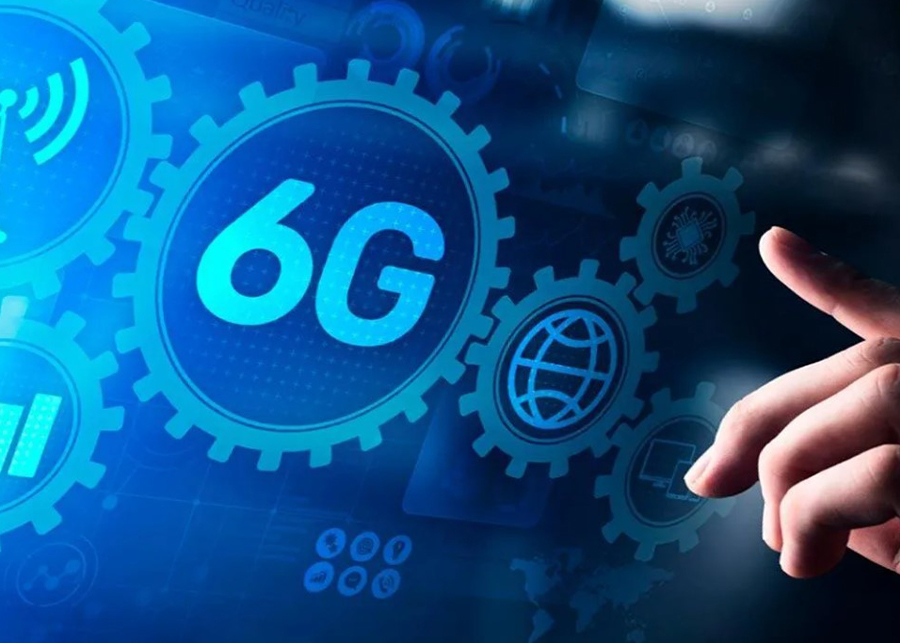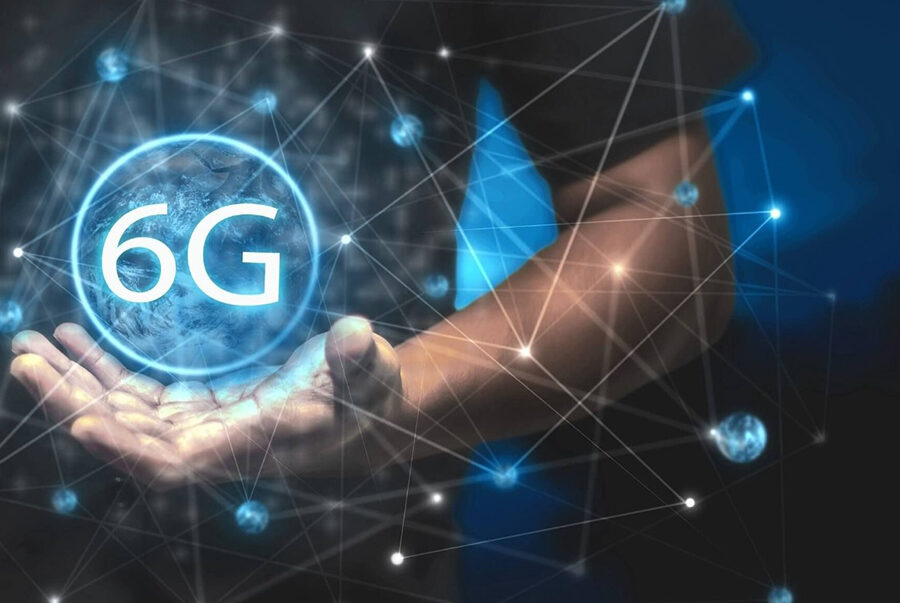What is 6G Technology?
You’re probably reading this article on your mobile device, so it should come as no surprise that you’ve been using the previous generation of wireless communications for the past several years. You might have even heard about 5G, the latest standard in wireless technology being developed to keep pace with growing demand for faster and more immersive experiences. But what is 6G technology? This article will dive into this new standard and explain how it’s expected to impact society, industry, and research.
The next step in mobile communications is a new wireless standard known as 6G. This new standard will be the successor to the current 5G standard, and is expected to be much faster. So what exactly is 6G technology? In this article, we’ll explore what it means for society, industry, and research.

Future of mobile communications
6G is the next wireless internet standard to follow 4G and 5G. This technology will have higher speeds, lower latency, and mass amounts of bandwidth. It will also go beyond the wired network and use devices as antennas. As it becomes more advanced, it may enable new wireless applications such as extended reality and haptic communication.
6G uses terahertz waves, a radio spectrum that spans from 95GHz to 3THz. It could eventually lead to the development of autonomous networks, 3D space connectivity, and aerial drones. Although this technology is still in its early stages, some industry experts expect it to be available by the 2030s.
Impact on society
The impact of 6G technology on society is wide-ranging and can be both positive and negative. While the technology has the potential to create positive changes in the world, the question remains as to how it can best be used. A consortium of research leaders, known as 6G Flagship, released a white paper to explore the potential benefits of 6G technology and how it can help humanity. The consortium, led by Keysight, is pushing for 6G technology to be aligned with the UN Sustainable Development Goals.
While some welcome the conveniences 6G will bring, others fear that it will create a technological Panopticon. In fact, the use of facial recognition technology in San Francisco has already ignited controversy, and the city has banned its use. However, this technology is common in many other cities, and authorities are praising its ability to combat crime. As 6G technology becomes more widespread, debates over its impact on society are sure to continue.
Impact on industry
The 6G technology is set to make an impact on industries in a number of ways. It will enable faster, cheaper connectivity, improved energy efficiency, and closed -loop control for appliances. It will also enable multi-sensory telepresence, reducing the need for travel. In addition, it will become significantly more energy-efficient, with components being turned off when there is less demand.
As the technology continues to develop, traditional processes will need to adapt. One of the biggest challenges will be ensuring interoperability, so that the same phone will work across countries. This process will be complex, especially as a number of new stakeholders will be involved. Those new stakeholders may include infrastructure owners, cloud providers, and IT players such as systems integrators.

Impact on research
6G technology will make it possible to operate networks of radio access points (RATs) with greater frequency and lower latency. It also promises to enable a broader range of activities worldwide. Among these activities will be the deployment of intelligent robotic systems that are capable of communicating with humans and interacting with their surroundings. These robots will be equipped with enormous capabilities and be placed in remote areas of the planet for research and communication purposes. Moreover, with the advent of 6G networks, deep-sea explorations could become a reality.
The 6G network architecture will allow users to move between the physical world and its programmable digital representation, thereby enabling intelligence and limitless connectivity. The ability to synchronize the physical world with the digital world allows users to collect and process vast amounts of data and to analyze the results. As a result, they will be able to predict and analyze events in the future.
What is 6G Technology? Result
For society, 6G will mean a new wave of innovation in self-driving vehicles and AR/VR technology. For industry, it will mean a global roll-out of faster data connections for devices and a leap forward for cloud computing operations. And for researchers? They’re already hard at work to make this vision a reality, and 6G’s development is only in phase one. We can’t wait to see what comes next!

